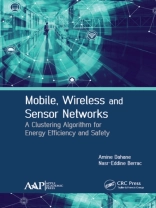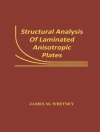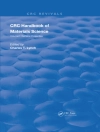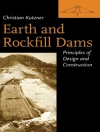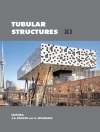Wireless networking covers a variety of topics involving many challenges. The main concern of clustering approaches for mobile wireless sensor networks (WSNs) is to prolong the battery life of the individual sensors and the network lifetime. For a successful clustering approach, the need of a powerful mechanism to safely elect a cluster head remains a challenging task in many research works that take into account the mobility of the network. In Mobile, Wireless and Sensor Networks: A Clustering Algorithm for Energy Efficiency and Safety , the authors use an approach based on computing of the weight of each node in the network as the proposed technique to deal with this problem. They present a virtual laboratory platform (VLP) of baptized mercury, allowing students and researchers to make practical work (PW) on different aspects of mobile wireless sensor networks. The authors’ choice of WSNs is motivated mainly by the use of real experiments needed in most college courses on WSNs. These usual experiments, however, require an expensive investment and many nodes in the classroom. The platform presented here aims at showing the feasibility, the flexibility, and the reduced cost using the authors’ approach. The authors demonstrate the performance of the proposed algorithms that contribute to the familiarization of the learners in the field of WSNs.
The book will be a valuable resource for students in networking studies as well as for faculty and researchers in this area.
